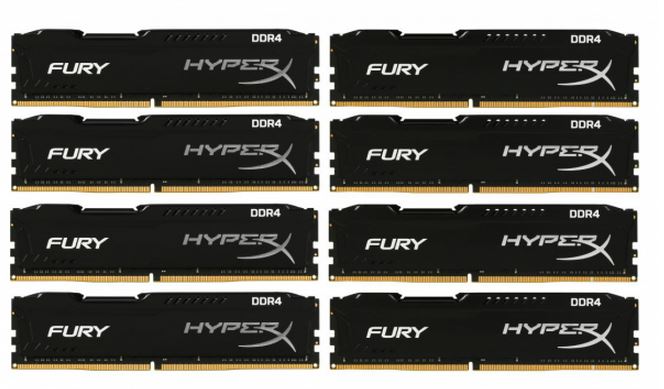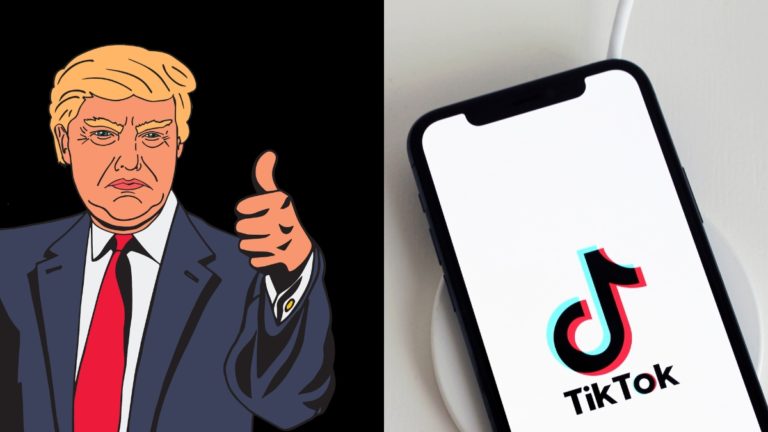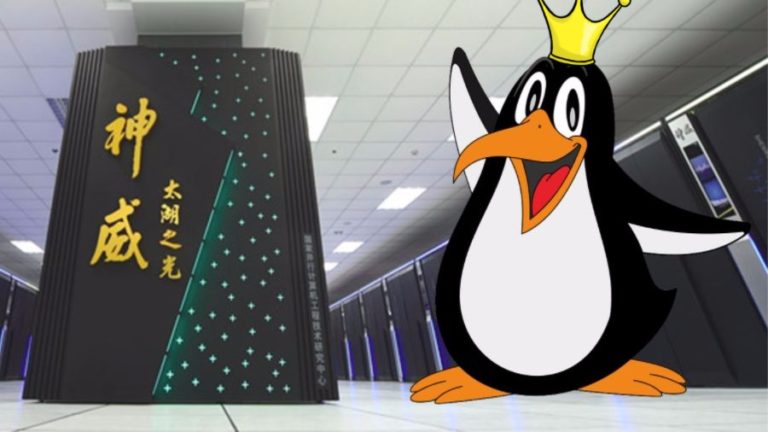How WiTricity will allow you to use Wireless Electricity?
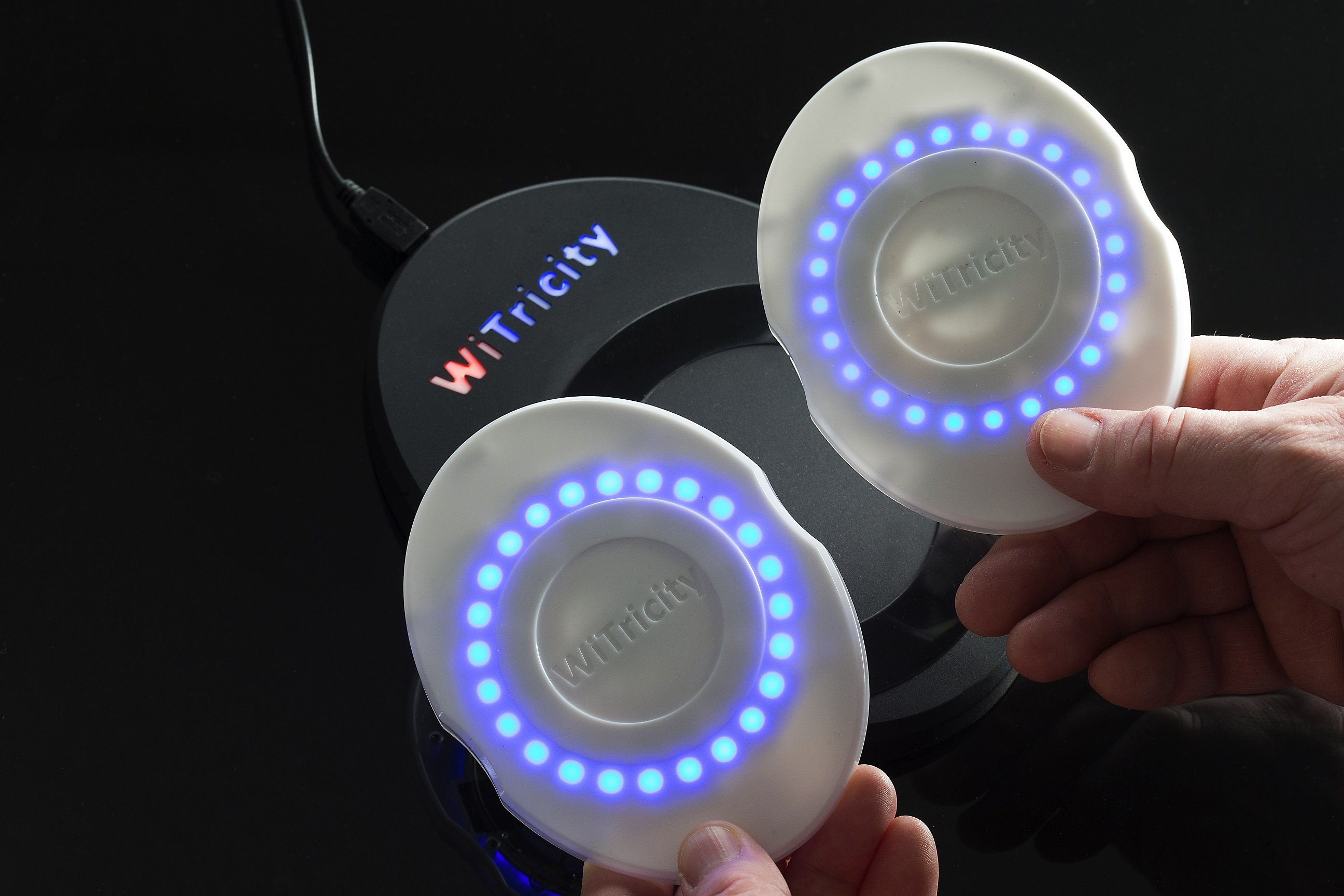
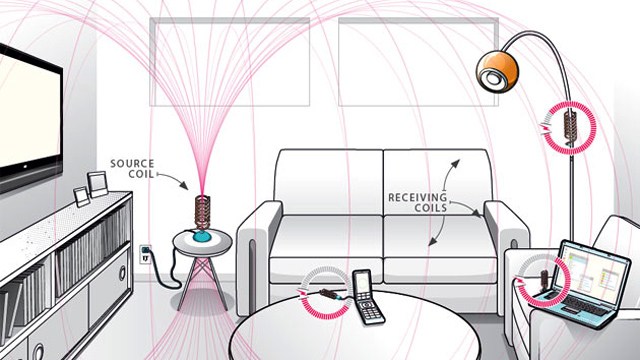 Updated: January 6, 2017 (6 pm IST)
Updated: January 6, 2017 (6 pm IST)
Short Bytes: WiTricity Corporation, a Watertown-based company, committed to the idea of wireless electricity. Their technology exploits magnetic resonance to enable wireless charging on various consumer electronics. Currently, they are working to make WiTricity compatible with automobiles.
And another one is WiTricity, dedicated to charging our devices wirelessly. WiTricity wants you to forget about charging your devices, as they’ll be charging all the time on their own. It won’t require you to put them on some electric plate.
The Landline Inspiration
MIT Professor Marin Soljačić, pronounced as Soul-ye-cheech, is the man behind the base concept of WiTricity. It all started one late night, when Morin in his pajamas, went to his kitchen only to find his landline beeping constantly. Oh! I’m sorry, it was his mobile, as he forgot to charge it that day. And then a thought popped up in his mind,
He then used his scientific mind and concluded to use the phenomena of coupled resonators to transfer the electricity from the existing power network directly to the devices, all wirelessly, without harming the things in between.
Most of you might’ve Googled about coupled resonators, but for my lazy readers, coupled resonators are rooted on the fact, when two objects have the same resonating frequency, they tend to exchange energy without the interference of any other ‘out of frequency’ object.
And for my lazy readers, even I’m too lazy to write about resonating frequency, so you should move your hands towards the keyboard and Google resonating frequency.

Morin’s Hard Work
Morin woke up the next day, but he was damn serious and fully committed to transforming his ‘landline,’ back to a mobile phone. He gathered two other curious minds, MIT guys Karalis and Joannopoulos, who also wanted to get back their cell phones. Morin wanted to achieve the technical implementation of ‘how to couple two magnetic resonators to make the transfer of electricity wireless.’ They were able to publish their results in the Annals of Physics journal twice, in 2006 and 2008.
Morin with his team was now able to successfully present the working model of what they believed would revolutionize the way people use electricity. They demonstrated their project with two five-turn copper coils having a diameter of 60 cm, placed about 2 meters away.
The coils were to act as coupled resonators clocked at 9.9 MHz frequency and had the same orientation axis. One of the coils was connected to a power source and the other to a 60W light bulb. They blocked line of sight by a wooden block and still were able to successfully turn on the bulb at around 90% efficiency at a distance of 0.9 meters. And that’s how they were able to demonstrate wireless electricity in motion.
Imparting the success from his proposed experimental results, Morin was confident enough to transform his experiment into a commercial success. And so the company WiTricity originated with the intent to eliminate the need for all the power adapters and batteries and to pursue the real existence of wireless electricity.
WiTricity Devices
The development of this technology has received global recognition and appraisal. CEO Eric Giler presented this wireless electricity-based technology which propelled the formation of WiTricity, at the TED Global Conference, Oxford, in July 2009. He demonstrated the transfer of wireless electricity to a television and three different mobile phones channeled by a WiTricity powering unit.
WiTricity, with a vision of “Wireless Everywhere,” is busy designing products for various domains like consumer electronics, automobiles, medical devices, and much more. Their current product line: Prodigy, WiCAD, WiT 5000C3, WiT 5000, WiT 3000. Prodigy is a demo kit; it allows you to get a ball-park estimation of the WiTricity technology and to experiment wireless electricity transmission.
WiTricity has gone past mobile devices in 2017. At this year’s CES, Dell announced a 2-in-1 hybrid laptop which is the world’s first in its breed to feature wireless charging. Moreover, WiTricity is also working to implement their technology for cars and other devices.
Winding Up
WiTricity has so far adhered to what Morin thought that night when he was in his pajamas and woke up due to the beeping of his landline, oh! I missed it again, his mobile. In addition to all the right things, WiTricity has been working to harness the true wireless electricity. Questions are raised regarding the health effects due to their new technology, but the Watertown-based company has its part to say:
However, no studies have been conducted to trace the effects on human and animals due to the constant presence of wireless electricity radiations in their surroundings. WiTricity’s technology might manifest a cardinal panacea to the thirst of power hungry devices around us.
Watch this video and improve your knowledge:
How wireless electricity will change your life, write in the comments section below.
Read more: WiFi Routers Will Charge Your Phone’s Battery: WiFi Charging


